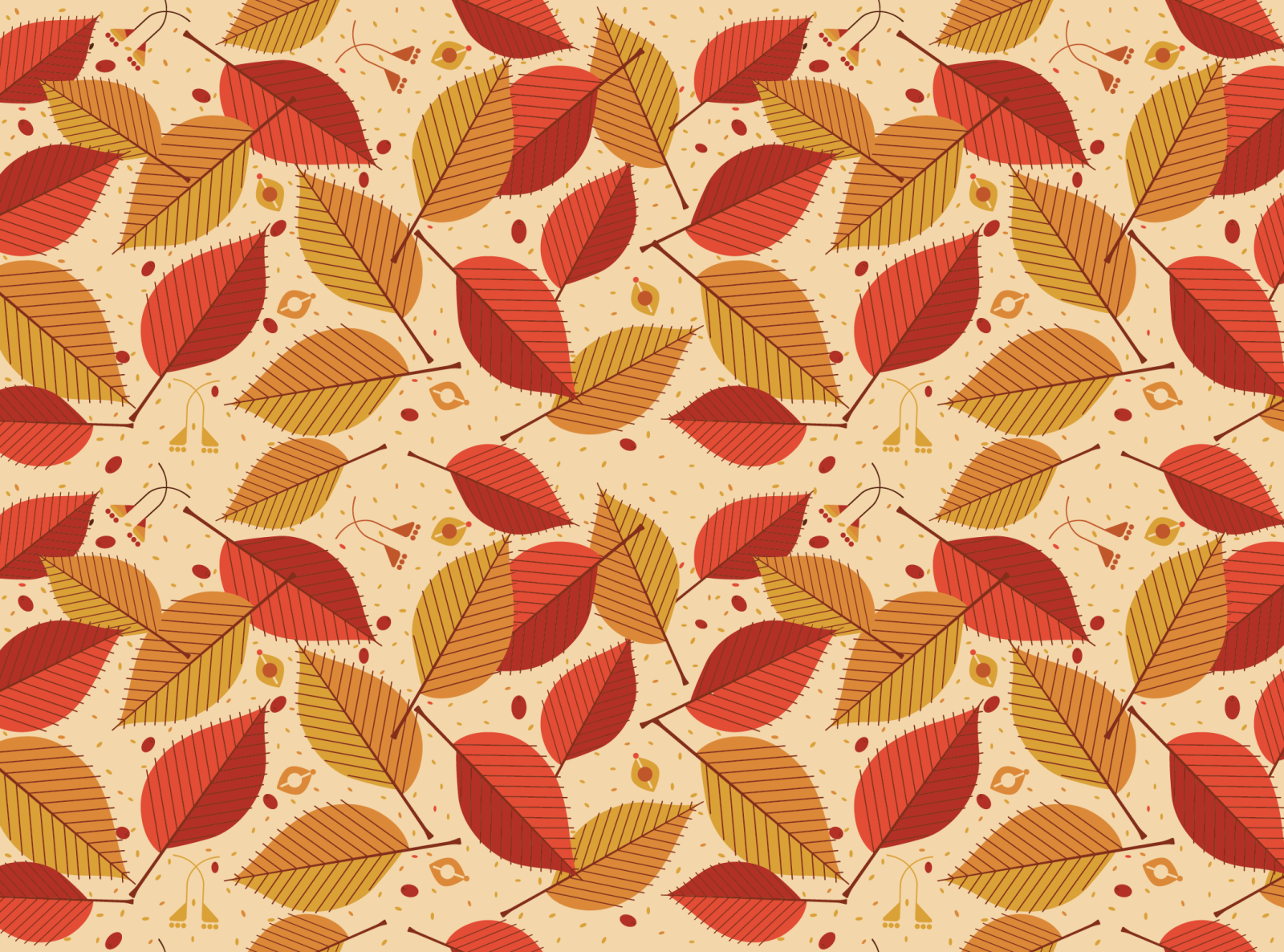
- #Ireal pro autumn leaves how to#
- #Ireal pro autumn leaves install#
- #Ireal pro autumn leaves portable#
- #Ireal pro autumn leaves android#
- #Ireal pro autumn leaves download#
#Ireal pro autumn leaves how to#
Here is an overview of the useful features and also how to configure the backing tracks to play along with your piano. Step 3: Setting Up The iRealPro Correctly: This pack automatically downloads the chord changes for every popular jazz standard.Ĭlick on the blue hyperlinks in the forum and all of the songs will automatically be imported.

#Ireal pro autumn leaves download#
When you are in the forum, then click into ‘Jazz’ and you will find the jazz standard download called “1300 Jazz Standards”. You need to click on the globe icon inside the app, which will take you to the forum: If you are using iPad/Tablet first open up the iRealPro app and you will see a globe icon in the top left corner of the screen. This will download the tunes directly into your iRealPro app. If you are using the laptop/desktop version, click the following link to navigate to the iRealPro Forum and click the ‘1300 jazz standards’ link:
#Ireal pro autumn leaves android#
It’s well worth the investment!įor Windows and Android Tablets/Phones, you can download the app here: įor Apple Users (Mac, MacBook, iPad, iPhone), you can download the app here: iReal Pro on the App Store It’s a one-time time $20 fee to download the software. There is both desktop version (for laptop/computer) and mobile version (for iPad/Tablets/iPhone). If you have an iPad/Macbook/iPhone, you can go directly to the App Store and search for “iRealPro”.
#Ireal pro autumn leaves install#
The following 4 step process outlines how to download and install the backing tracks for 1300 jazz standards and also practice exercises. The mobile app is also invaluable if I’m at a jam night and someone calls a tune that i’m not familiar with. I have the desktop version on my Macbook which I use on a near-daily basis. There is both a desktop application and also a mobile/tablet application. The iRealPro is available for both Apple & Windows/Android users. Here is the iRealPro website where you can find more information: You are not given the melody, but you can access the chord changes for any tune in a matter of seconds!
#Ireal pro autumn leaves portable#
The mobile app is the most portable and convenient way to carry around jazz standards. You will soon find out how well you know the chord changes. Use the app to test how well you know your jazz standards… ditch the lead sheet and play along with the app. To the technique of arranging the chords of Drop 2 also join Drop 3 and Drop 2 and 4.It will help you become more comfortable playing in tempo with a bassist and drummerĪ great tool for working on faster tunes and swing rhythm A chord is created in the right hand in a close position.Ģ. Looking for such an inversion of chord, so that in soprano will be of the melodic note. ģ.If the melody has a non-chord tone, then it usually replaces the chord tone, located one step down for example, melodic tone D together with Cmaj7. Thus, D replaces the note C, and the order of all other notes of the chord is normal : E-G-B-D ( C).Ĥ.The next stage is to create an open position of chord. To do this, you shift one (or two) chord tones an octave down to left hand.

In Drop 2 this will be the second voice under the soprano, in Drop 3 is the third voice under soprano, in Drop 2 and 4 - the second and fourth voices under the soprano.ĥ. The last stage (for beginners) - addition of a bass tone. Thus, unlike classical chords, which are built from the bottom up, open voicings in jazz are built from the top down. Therefore, doubling notes in chords is not used in accordance with classical harmony For example, jazz voicings does not tolerate doubling the bass in octave in left hand, but before all - soprano. You may try a verse using a walking bass line. The easiest formula could be playing the root on beat 1, the fifth on beat 2, the root on beat 3, and one-half step above the next chord root on beat 4. You can either move up or down to hit roots or fifths. On "Autumn Leaves" in E minor(key of one sharp), this would mean: A-E-A Eflat-D-A-D-Aflat- G-D-G-G-Fsharp-C-Fsharp-C-B.Īfter the pickups, the first chord is Am. The Eflat is one-half step above the next chord's root. That root is D, so I played one-half step above the D.

Note: Remember, when I say fifth, you may have to play the flat 5 if that is th name of the chord. In "Autumn Leaves", there is a chord called, "Fsharp minor, flat 5. "C" is the flat 5 of Fsharp, so you have to play "C", not Csharp.


 0 kommentar(er)
0 kommentar(er)
